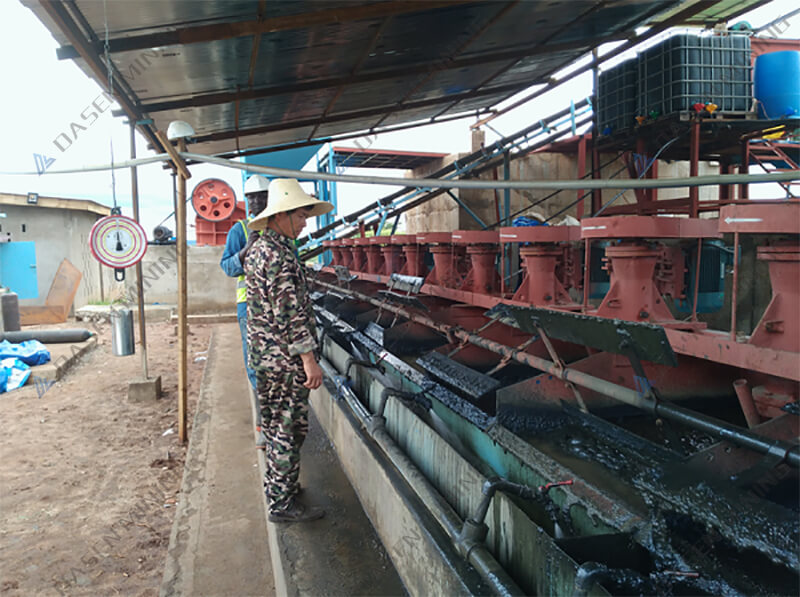Why is Ore Particle Size Crucial in Flotation and How Do Flotation Chemicals Help?
For fine – particle flotation, the challenges include high surface energy leading to non – selective condensation, low collision probability with bubbles, increased surface dissolution, and high reagent consumption. Selecting appropriate flotation chemicals is key. For example, we can choose flotation reagents that have chemical adsorption or chelation effects on fine – grained minerals. Mining flotation chemicals like specific flocculants can be used for selective flocculation flotation. Carrier flotation can also be adopted, where suitable – sized ore particles act as carriers. Agglomeration flotation with the help of proper flotation chemicals is another option. Micro – bubble flotation, by reducing bubble size, can increase the collision probability between fine particles and bubbles.
Currently, the suitable particle size range for flotation is usually 0.01 – 0.1mm. The upper limit for sulfide minerals is around 0.2 – 0.25mm, and for oxidized minerals, it’s 0.25 – 0.3mm. For some non – metallic ores with low density, it can be increased to 0.5 – 1mm. In production, the appropriate particle size must be determined through beneficiation tests to minimize the continuum between useful minerals and gangue minerals and avoid arbitrary application.
Whatsapp:+86 133 1927 7356
Email:[email protected]

